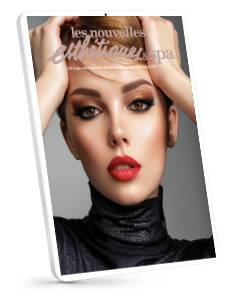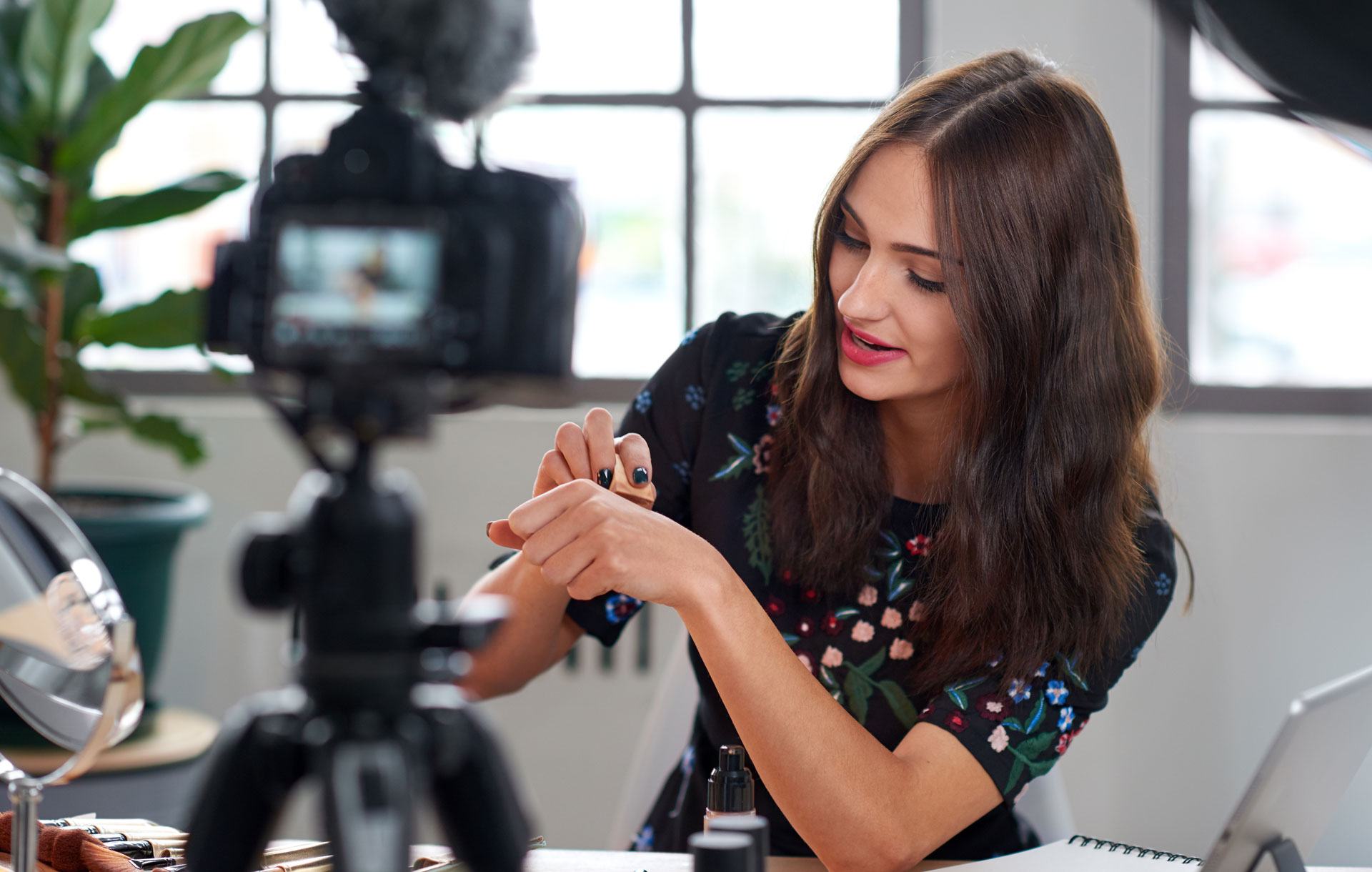Navigate the Beauty Blogger Landscape with The Beauty Professor
In 2012, I started Beauty Professor as a purely creative endeavor. Initially, the blog merely served as an outlet for my ardent love of luxury skin care and beauty and its presence on the Internet allowed me to quickly and personally connect with a community of like-minded individuals who felt the same excitement for the quest for the perfect product. I taught myself everything from HTML coding to the correct way to light a photograph and use editing tools (if it can be Googled, it can be learned) and loved writing posts each week as a way to balance my day-to-day focus on academia (I’m also a full-time college professor). The environment in the early days was casual, relaxed and delightfully non-competitive and I was over the moon when the first brand reached out to me via email and asked if they could send me product for review. Never in my wildest dreams did I think an unbridled passion for beauty would result in direct relationships with brands and I was thrilled to accept product that fit with my content focus and test it for my readers.
At the beginning, receiving product launches that ultimately might be featured on the blog was less of a business transaction and more of a utility that helped me keep my content timely and relevant for my readers. Brands received earned (rather than paid) media exposure, I had an expanse of fresh product from which to choose and my audience had access to the latest in the beauty industry when visiting my site. In short, everybody won.
Fast forward nearly eight years later and the landscape of beauty blogging has dramatically changed. What once felt much like the Wild West…no defined rules, clear standards, articulated expectations or established rates…has rapidly transformed into a corporate metropolis of contracts and analytics. Bloggers are now “digital content creators” and “influencers” and many rely solely on third-party apps like Instagram and YouTube (rather than privately owned websites) to share their images and thoughts. Brands are faced with competing—Hunger Games style—to work with the influencers with the largest reach and succeeding in this endeavor can require significant budgets for sponsorships and high profile press trips. This dynamic can leave newer and/or smaller brands feeling left out of the mix.
The good news is that working with the beauty influencer with the “most followers” (I will explain my intentional use of quotes shortly) is not always the most advantageous and, for every business, there is an apropos influencer that will fit even the most humble of budgets. Partnering with the right influencer can bring exposure and, ideally, increased business to your brand or service, making it a completely worthy pursuit when done with an informed mindset.
My best strategies for successfully partnering with influencers—both on a local and national level—can be summarized in ten tips:
1 Understand the value of micro-influencers:
Defined as a content creator with a follower count ranging from 1000-100,000 followers, a micro-influencer tends to have stronger content specialization (e.g., skincare, injectables, sun care etc.) and greater engagement with his or her audience and this interaction contributes to more trust, credibility and, ultimately, responsiveness in terms of audience behavior. In other words, just because someone has a lot of followers doesn’t mean that said followers are responsive to messaging or even trust what that influencer might say. Micro-influencers typically infuse a personalized touch into their content creation (adeptly balancing both unsponsored and sponsored content) and directly reply to questions and comments from their audience, making their message more authentic, believable and actionable.
2 Be clear on the concepts of ROI:
Otherwise known as “Return on Investment,” a concern for ROI should be at the forefront of every partnership between brand and influencer. Your budget for a collaboration could consist of a combination of monetary compensation, products or services and, once spent, the goal is to get something back in return. These gains could be in the form of increased exposure (both online and word-of-mouth buzz), more new clients or even an influx of sales. Knowing how you will define the success of a partnership in advance will help you to communicate expectations clearly and spend wisely.
3 Do your due diligence:
Did you know that it is incredibly easy and relatively inexpensive for influencers to purchase followers and likes on Instagram? This common yet fraudulent practice can catapult content creators to undeserved fame as their “audience” is actually the result of “liking farms,” often in far off countries, that create fake profiles and activate bots to auto-like posts. Fortunately, brands are becoming wise to this reality and have begun to look at the frequency and quality of comments (meaningful complete sentences rather than just emojis) to determine the authenticity of one’s audience. I suggest using Socialblade (it’s free) to chart an influencer’s follower count from day-to-day. For example, if they are regularly losing hundreds a day and then gain thousands on a single day, there is a strong likelihood that they’re purchasing their audience.
4 Reach out to influencers via email and make it personal:
A well-crafted email can open major doors! When reaching out to an influencer with a proposal, make sure to address them by their name, explain your brand and how you hope to work together. Be tastefully persistent (a follow up or two is perfectly acceptable) and quick on the response if/when you hear back.
5 Understand that a trustworthy influencer will generally ask to test products or services before committing to a favorable review:
If their aim is authenticity (which you want), then they can’t promise a glowing review before actually experiencing what your brand has to offer. The influencers with this personal policy are worth their weight in gold as their audience implicitly trusts them and will often readily act upon their recommendations.
6 Be clear on the content you envision:
When negotiating a partnership, be detailed on what you envision the deliverables (e.g., content created) to be. Are you seeking a blog post? Instagram post? Instagram Stories (always an excellent place to start as the content feels genuine and in-the-moment)? YouTube video feature or inclusion? For content to be its most effective, both parties should be on the same page.
7 Follow and support on social media:
Follow and organically comment on accounts of influencers with whom you’d like to partner. The more they see you and feel your support and interest, the more receptive they’ll likely be to partnering in the future.
8 Diversify verticals:
If skincare is your focus, then by all means, reach out to beauty and skincare-specific influencers but also be open to connecting and collaborating with those in the lifestyle, fashion, food and fitness verticals as well as their audiences need skincare, too!
9 Professionalism—including contracts—are essential:
A partnership with an influencer is a business transaction and should be treated as such. When crafting an agreement, include a quick scope of the project, a description of the deliverables, the agreed upon compensation (even when it’s limited to a product or a service) and a timeline for completion of the content.
10 Don’t forget the early adopters:
Sometimes when a brand really hits its stride and takes off, they’ve been known to abandon those who, in the early stages, helped them to grow into the high-profile success that they’ve become. Instead, honor loyalty and support with a reciprocal dose of loyalty and support…you and your business won’t regret it.













